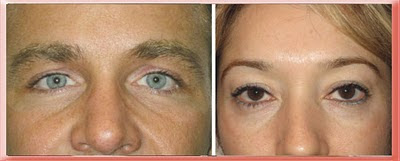Please tweet and retweet
Tweet
Lighter colored (hypopigmented) areas of skin can be due to skin damage with scarring or for unknown reasons. When the cause is unknown the process is called vitiligo and is presumed to be due to an autoimmune phenomenon or a viral infection. Vitiligo affects 1 to 2% of the people in the world, 2 to 5 million in the US alone. Have of these affected people developed it before the age of 20. Regardless of the cause the common factor between all of them is white patches of skin where the skin pigment cells called melanocytes have been killed. If the line width of the area is in the order of a few millimeters application of a tattoo needle without tattoo pigment or application of an excimer laser has corrected the problem. Tattoos have also been employed but this is impractical when the hypopigmented patches are large. Tattooing a skin color into the white patch has not been reliable as the approximation of any given individuals native skin color is very difficult. Of course cover make up has been around for centuries and can provide adequate camouflage but has to be repeatedly applied.

















